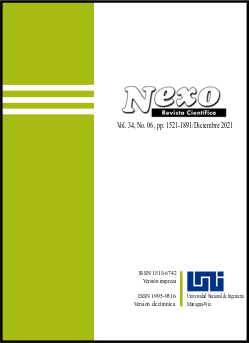Rationing of fuel consumption based on identification of rolling stock modes
DOI:
https://doi.org/10.5377/nexo.v34i06.13149Keywords:
Fuel Consumption, Predicted fuel consumption, Special self-propelled rolling stock, Work modes of SSRS operationAbstract
The article presents the results of a study of innovative technology on improving the rationing of diesel fuel consumption on rolling stock in the railway industry. As an object of research, fuel consumption was studied on a Automotrisa diesel editing - ADE-1, which is used in the electrification and power supply facilities of the Transenergo Directorate. Motorized carriage loading transport (MLT – 6), which is used in the economy of the track. On the basis of a number of regulatory documents of the Russian Railways company, the Samara State University of Railway Transport was entrusted with the analysis of the efficiency of fuel consumption of SSPS on these types of rolling stock at one of the railway landfills. The special self-propelled rolling stock of the Russian Railways company was studied as an object of research. The method of forming fuel consumption standards by identifying the actual values of fuel consumption and indicators of rolling stock operating modes is considered. The statistical methods used in the research allow us to set the rate of consumption in the range of 8% of the actual flow rate. Based on the use of the obtained fuel consumption rate, a method for identifying and evaluating the level of unauthorized fuel overspendings (draining) is provided.
Downloads
1554
Downloads
Published
How to Cite
Issue
Section
License
Copyright (c) 2021 Universidad Nacional de Ingeniería

This work is licensed under a Creative Commons Attribution 4.0 International License.
The authors who publish in Nexo Scientific Journal agree to the following terms:
- Authors retain the copyright and grant the journal the right of the first publication under the license Creative Commons Attribution License, which allows others to share the work with a recognition of the authorship of the work and the initial publication in Nexo Scientific Journal.
- Authors may separately establish additional agreements for the non-exclusive distribution of the version of the work published in the journal (for example, in an institutional repository or a book), with the recognition of the initial publication in Nexo Scientific Journal.
- Authors are allowed and encouraged to disseminate their works electronically (for example, in institutional repositories or in their own website) before and during the submission process, as it can lead to productive exchanges, as well as earlier and greater citation of published works.










